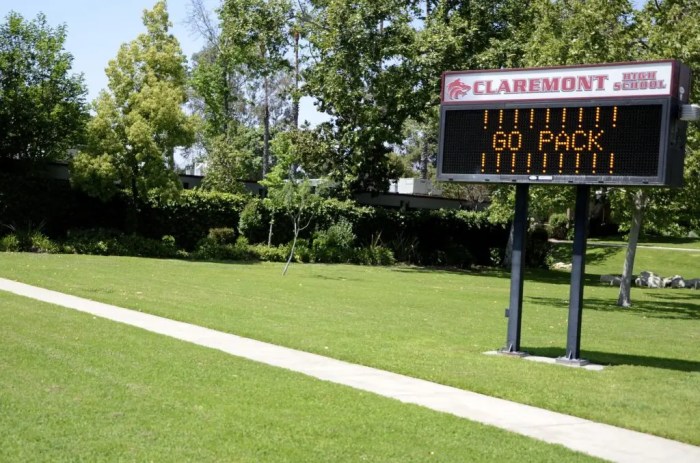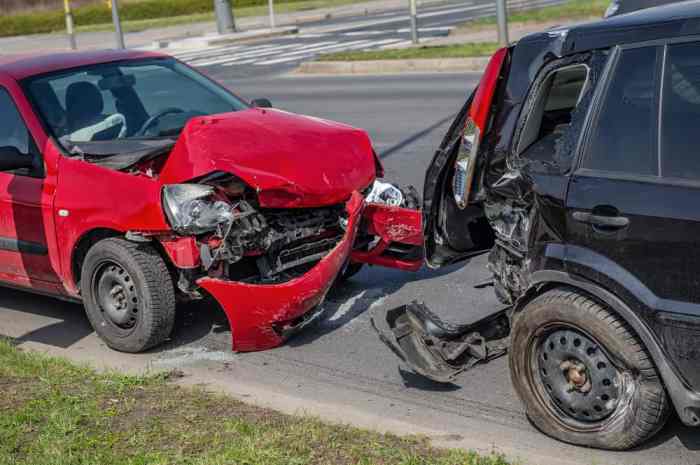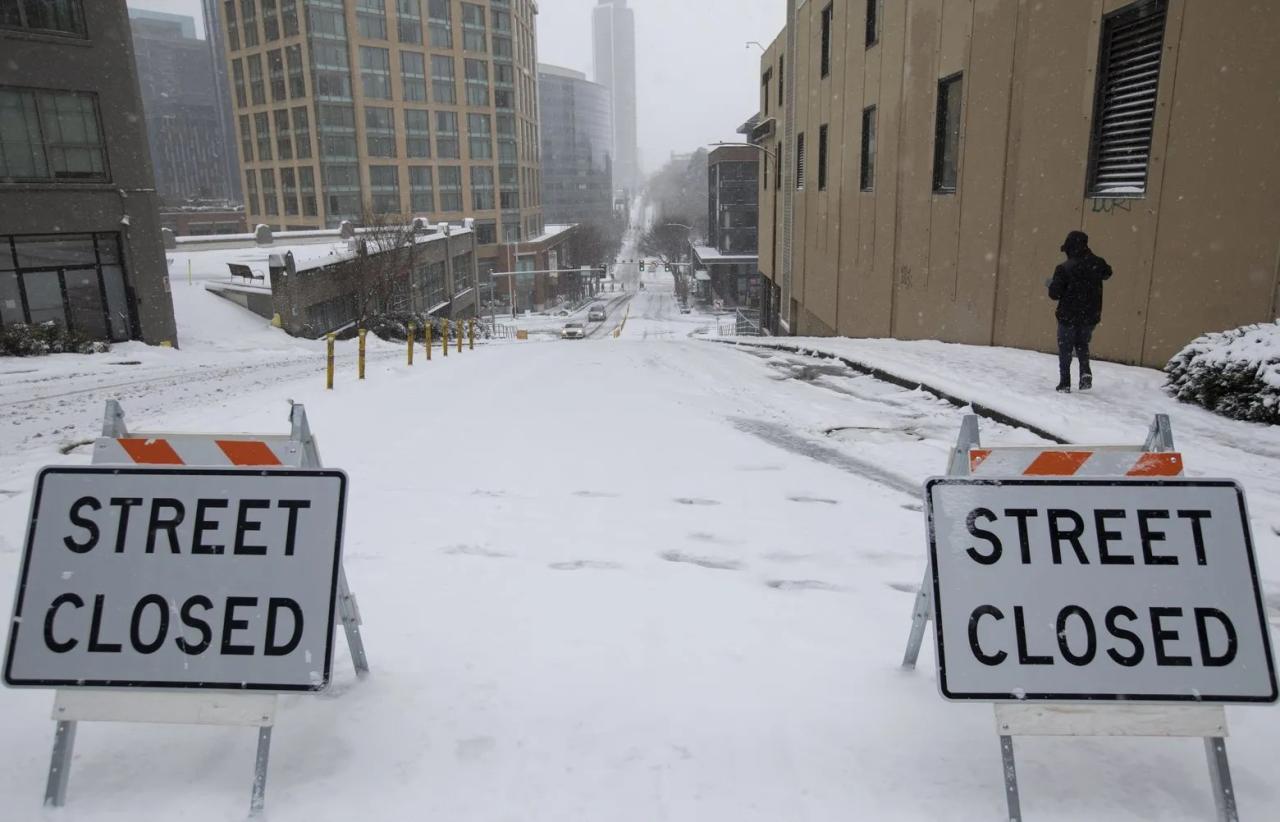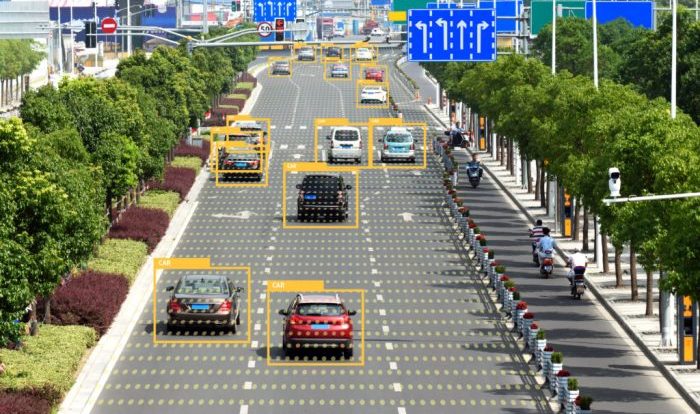Collisions on freeways are mainly caused by – Collisions on freeways are a pressing concern, posing significant risks to motorists and contributing to traffic congestion. This comprehensive analysis delves into the multifaceted causes of freeway collisions, examining driver behavior, vehicle malfunctions, environmental conditions, and infrastructure design. By shedding light on these factors, we aim to identify effective strategies for preventing and mitigating these incidents, enhancing road safety and improving the overall driving experience.
…
Causes of Freeway Collisions

Freeway collisions pose a significant threat to road safety, often resulting in severe injuries and fatalities. Understanding the primary factors contributing to these collisions is crucial for developing effective prevention strategies.
Driver behavior plays a pivotal role in freeway collisions. Speeding, aggressive driving, distracted driving, and impaired driving are among the most common contributing factors. Data from the National Highway Traffic Safety Administration (NHTSA) indicates that speeding is a factor in over one-third of all fatal freeway crashes.
Distracted driving, such as using cell phones or texting while driving, has also become a major concern, as it impairs a driver’s reaction time and decision-making abilities.
Vehicle malfunctions, while less common than driver behavior, can also contribute to freeway collisions. Tire blowouts, brake failures, and mechanical issues can lead to sudden loss of control or impaired vehicle performance, increasing the risk of a collision.
Environmental conditions, such as poor visibility due to fog, rain, or snow, can also play a role in freeway collisions. Reduced visibility can make it difficult for drivers to see potential hazards and react in time, increasing the likelihood of a crash.
Traffic Congestion and Collisions
Traffic congestion is a major contributing factor to freeway collisions. Increased traffic volume leads to reduced speed and increased driver frustration, which can result in aggressive driving behaviors. Congestion also reduces the amount of time drivers have to react to potential hazards, increasing the risk of a collision.
To mitigate congestion and reduce collision risks, various strategies can be employed. These include expanding freeway capacity, improving traffic flow through signal coordination and ramp metering, and promoting alternative modes of transportation such as public transit and carpooling.
Infrastructure Design and Collisions: Collisions On Freeways Are Mainly Caused By

Freeway design plays a significant role in preventing or contributing to collisions. Factors such as lane width, median barriers, and sight lines can influence driver behavior and the likelihood of a crash.
Wide lanes and adequate sight lines allow drivers to have more time to react to potential hazards and make appropriate maneuvers. Median barriers, such as concrete or cable barriers, can prevent head-on collisions and reduce the severity of side-impact crashes.
Numerous studies have demonstrated the effectiveness of infrastructure improvements in reducing collision rates. For example, a study by the Federal Highway Administration (FHWA) found that installing median barriers on a 10-mile stretch of freeway in California resulted in a 50% reduction in fatal crashes.
Driver Impairment and Collisions

Driver impairment, whether due to alcohol, drugs, or fatigue, significantly increases the risk of freeway collisions. Alcohol impairs judgment, coordination, and reaction time, while drugs can have a variety of effects that impair driving ability. Fatigue can lead to reduced alertness and impaired decision-making.
Data from the NHTSA shows that alcohol-impaired driving is a factor in over one-third of all fatal freeway crashes. Drug-impaired driving is also a growing concern, with marijuana being the most common drug involved in fatal crashes.
To address driver impairment, various measures can be taken, including stricter enforcement of drunk driving laws, public education campaigns, and the development of technology to detect and prevent impaired driving.
Technology and Collision Prevention

Technology has the potential to play a significant role in preventing or reducing freeway collisions. Advanced driver assistance systems (ADAS), such as lane departure warning systems, adaptive cruise control, and automatic emergency braking, can help drivers avoid or mitigate collisions.
Vehicle-to-vehicle communication (V2V) and vehicle-to-infrastructure communication (V2I) systems can provide drivers with real-time information about traffic conditions, hazards, and potential collisions, allowing them to make informed decisions and avoid dangerous situations.
Traffic management systems, such as traffic signal coordination and ramp metering, can help improve traffic flow and reduce congestion, which can lead to a reduction in freeway collisions.
Numerous studies have demonstrated the effectiveness of technology in reducing collision rates. For example, a study by the Insurance Institute for Highway Safety (IIHS) found that vehicles equipped with lane departure warning systems had a 11% lower risk of being involved in a crash.
FAQ Explained
What are the most common causes of freeway collisions?
Distracted driving, speeding, and impaired driving are among the leading causes of freeway collisions.
How does traffic congestion contribute to freeway collisions?
Traffic congestion increases driver stress, reduces reaction times, and limits visibility, all of which can contribute to collisions.
What role does infrastructure design play in freeway collisions?
Poorly designed freeways, such as those with narrow lanes or inadequate sight lines, can increase the risk of collisions.
